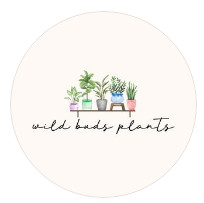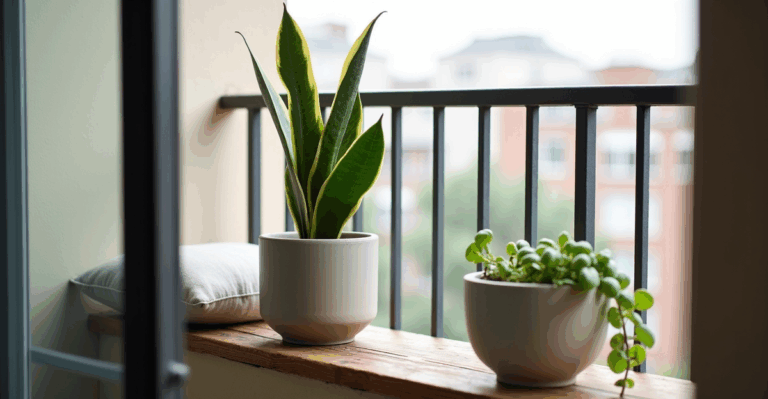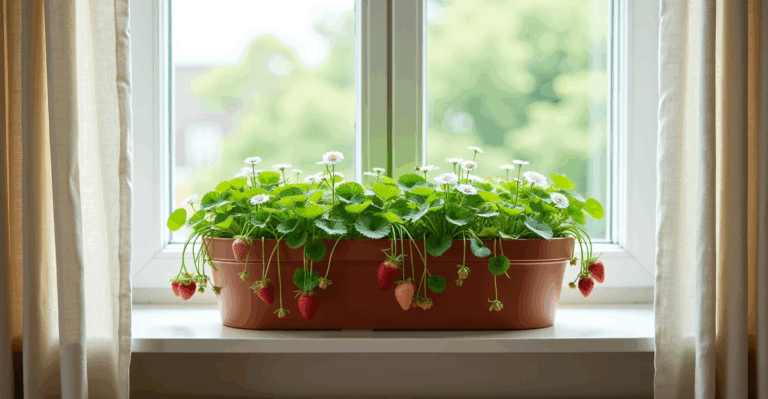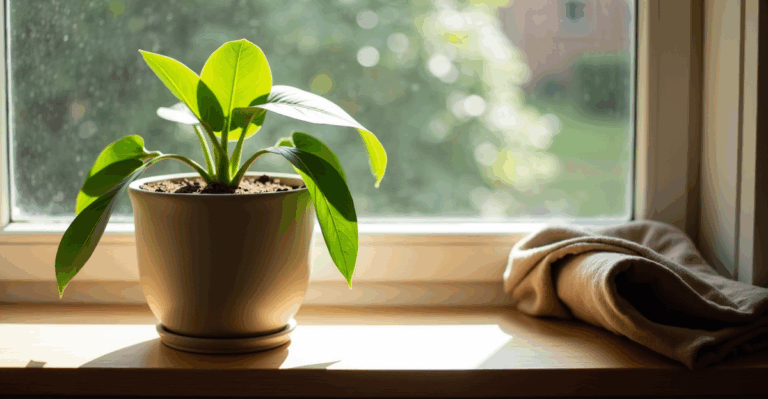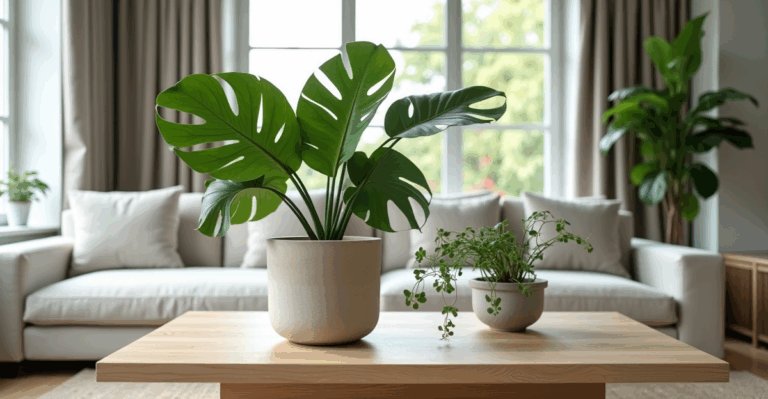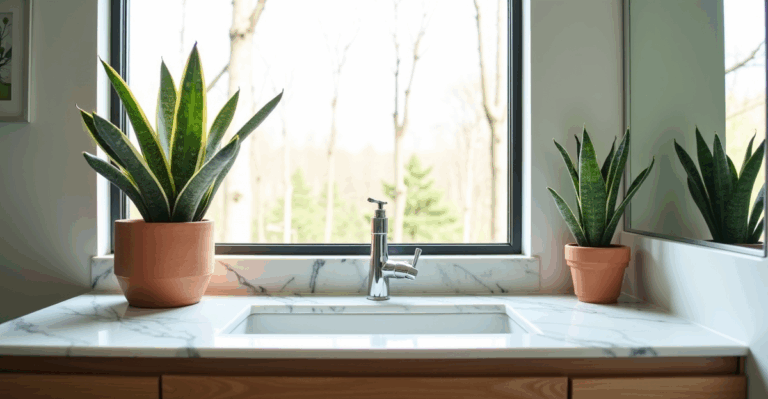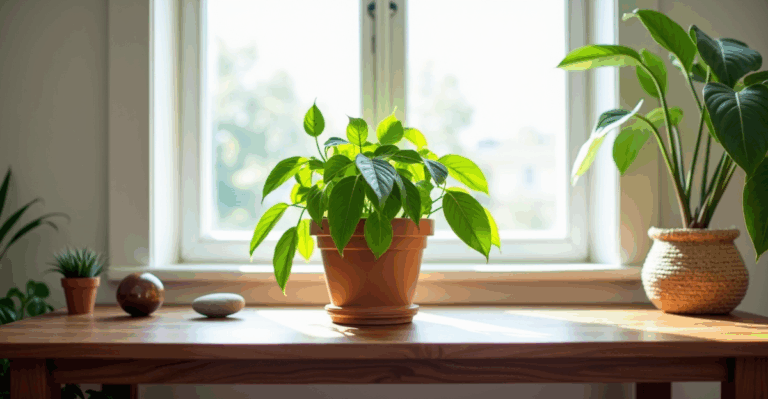The Best Pothos for Your Kitchen (Without the Water Stains)
You’ve finally got that dreamy, plant-filled kitchen – the one where sunlight streams through the window, your coffee brews beside a trailing vine, and the air feels alive. Then, reality hits: the steam from your morning eggs meets your Epipremnum aureum (pothos) in its pretty but poorly drained ceramic pot. A week later, you find the leaves turning yellow and mushy, and a damp ring on your counter. Sound familiar? It’s not your fault; it’s the wrong pot for the kitchen’s unique rhythm. The secret isn’t just the plant, but how you house it. Let’s fix that.
Kitchens are tricky. They offer great light (often from windows above the sink or stove), but also humidity spikes from cooking, drafts from vents, and that all-too-common “I’ll water it later” cycle. Pothos thrives here, but only if we respect its needs within the kitchen’s flow. Forget the generic “pothos is easy” advice – the right pothos in the right setup avoids the mess and makes your kitchen feel intentional, not just cluttered.
Why Your Kitchen Needs a Deep Cachepot (and Insert)
You’ve seen them: a stylish outer pot (cachepot) holding a smaller, drainage-equipped pot (the insert). This isn’t just a trend. In kitchens, where we often place plants near sinks, stoves, or on countertops, the cachepot acts as a protective barrier. It catches excess water, prevents soil from spilling onto your granite, and adds visual weight and texture. But here’s what most miss: a deep cachepot isn’t just for looks – it’s a critical buffer against the kitchen’s chaotic water cycle. If you place a standard pot directly in a deep cachepot without an insert, it sits in a water-filled reservoir. That’s a death sentence for pothos roots, especially when you accidentally overwater (which happens fast in busy kitchens).
The insert solves this. It’s the pot you actually plant in – with drainage holes – sitting inside the cachepot. Water drains out of the insert, into the cachepot, and you empty it when it gets full. This mimics how pothos would naturally drain in a well-draining soil mix, keeping roots happy even when you’re distracted. Plus, the deep cachepot gives the plant a stable, grounded feel, perfect for a kitchen’s warm, inviting vibe.
Finding Your Kitchen’s Light & Matching Your Pothos
Kitchens vary wildly. That north-facing kitchen with a tiny window? Low light. The sunny corner by the window over the sink? Bright indirect. Your pothos choice must match this. Here’s how we break it down:
-
Neon Pothos (Epipremnum aureum ‘Neon’) – The Kitchen Hero for Bright Spots.
Why it fits: Thrives in bright indirect light (like a window over the sink, not directly in the sun). Its vibrant, electric chartreuse leaves pop against kitchen cabinets.
Kitchen Reality: If your kitchen gets strong morning or late afternoon sun through a window, Neon will shine (literally, it glows!). Avoid harsh noon sun – it’ll bleach the leaves. In lower light, it may lose some intensity but will still grow steadily.
Cachepot Tip: Pair with a light-colored, modern cachepot (like a matte white ceramic or smooth stone) to reflect light and make the neon pop. The insert should be 1-2 inches wider than the pot for stability. -
Marble Queen Pothos (Epipremnum aureum ‘Marble Queen’) – The Low-Light Champion.
Why it fits: Tolerates lower light better than most varieties. Perfect for kitchens with only a small window, or windows blocked by cabinets. Its white-and-green marbled leaves add subtle elegance.
Kitchen Reality: Doesn’t need direct sun. Will grow slower in lower light but will not scorch like Neon might if placed in a bright spot with a window over the stove (where steam hits it).
Cachepot Tip: A deeper, textured cachepot (like a woven seagrass or a dark grey terracotta) works well here. The texture complements the marbled foliage. Ensure your insert has drainage holes – low light means slower drying, so drainage is non-negotiable. -
Golden Pothos (Epipremnum aureum ‘Golden’) – The Versatile All-Rounder.
Why it fits: A happy medium. Grows well in medium to bright indirect light, tolerates a bit more variation. Its bright yellow-green leaves are universally pleasing.
Kitchen Reality: Handles the typical kitchen light (a window with some obstructions) best. If your kitchen has a south-facing window, it might get a touch too much sun – move it a foot back from the window or use sheer curtains.
Cachepot Tip: This is where a slightly wider cachepot shines (literally). A medium-depth, neutral-toned cachepot (like a soft beige or terracotta) complements the golden hues beautifully. The insert should sit comfortably without wobbling.
Real Kitchens, Real Setups (No Fluff, Just How-To)
Let’s get practical. Imagine your kitchen:
-
Scenario: South-facing window above the sink, but you often leave the window open for steam. You placed a standard plastic pot in a deep ceramic cachepot. After a week of watering, roots rotted, leaves yellowed, and you got a brown stain on the counter.
The Fix: Switch to an insert system. Use a 6-inch pot with drainage holes (the insert) for your Neon Pothos. Place it inside a 10-inch deep cachepot (like a smooth concrete cylinder). Water only when the top 2-3 inches of soil in the insert feel dry. After watering, let the insert drain completely before placing it back in the cachepot. Empty any excess water from the cachepot weekly. This stops the waterlogging and keeps the counter dry. -
Scenario: North-facing kitchen with a small window, low light, and a tendency to water too often. You have a Marble Queen in a pot that sits directly in a deep cachepot. Leaves are pale and growth is slow.
The Fix: Replace the direct placement with an insert. Use a 5-inch pot (insert) for your Marble Queen. Place it inside a 9-inch deep cachepot (like a woven basket or a smooth dark pot). Water only when the top 1-2 inches of soil in the insert feel dry (low light = slower drying). Check the cachepot for moisture weekly – if it’s damp, don’t water the plant. This prevents the slow, constant moisture that causes root rot in low light.
The Edge Cases & Honest Trade-Offs
Let’s be real: not every setup is perfect.
- Overwatering is the #1 Killer: Even with a cachepot, if you water too often (like every 3 days), the insert will stay soggy. The fix: Stick to checking the soil in the insert, not the cachepot. When it feels dry, water thoroughly until it drains out of the insert’s holes. Empty the cachepot after 10-15 minutes to prevent reabsorption.
- Stove Steam & Humidity: Steam can increase humidity, which is good for pothos. But direct steam (like from a simmering pot) can cause leaf spots or fungal issues. The fix: Place the cachepot setup a few feet away from the stove, especially during cooking. A window above the sink is often the sweet spot.
- Cachepot Depth & Stability: A cachepot that’s too deep makes the insert wobble or makes it hard to remove for watering. The fix: Choose cachepots where the insert fits snugly but can be easily lifted out (about 1-2 inches wider than the insert’s diameter). A 10-inch deep cachepot usually holds a 6-7 inch insert perfectly.
- Leaving it in the Cachepot Too Long: If you forget to empty the cachepot after watering, it creates a stagnant water pool. The fix: Make it part of your routine: check the cachepot after you water your plants, or set a phone reminder once a week.
Why 3D-Printed Planters Make the Difference
The beauty of this setup isn’t just in the concept – it’s in the details. The right cachepot needs to be the perfect depth, have a stable shape, and not be so heavy it’s a pain to move the insert. Many commercial cachepots are either too shallow, too wide, or made of materials that don’t complement modern kitchens (like heavy, chunky ceramics that look out of place). This is where thoughtful design matters.
We’ve designed our 3D-printed planters to solve these exact kitchen-specific challenges: they’re precisely sized for common insert pots, have a stable, modern silhouette, and are lightweight enough to move effortlessly for watering or cleaning. The finishes (like matte white, warm grey, or soft terracotta) blend seamlessly with most kitchen aesthetics, and the smooth interior makes cleaning the cachepot a breeze. It’s not about being fancy – it’s about making the practical part of caring for your plant effortless, so you can enjoy the beauty.
The Kitchen Plant Experience, Simplified
The right pothos in the right cachepot setup transforms your kitchen from a space with plants into a space with plants – where the plant feels like a natural part of the room, not an afterthought. It stops the cycle of overwatering, prevents counter stains, and turns a simple plant into a stylish, functional piece of your kitchen’s personality. You’ll find yourself noticing the way the light hits your Neon’s leaves in the morning, or the subtle elegance of your Marble Queen’s marbling in the low light. It’s not just about having a plant; it’s about having a plant that lives well where you live.
When you’re ready to grow your kitchen’s style, explore our 3D-printed planters.
- Match your kitchen’s light – choose Neon for bright spots, Marble Queen for low light, Golden for versatility.
- Use the insert system – prevents overwatering, protects surfaces, and is easy to maintain.
- Make your display feel intentional – not just a plant, but a piece of your kitchen’s soul.
